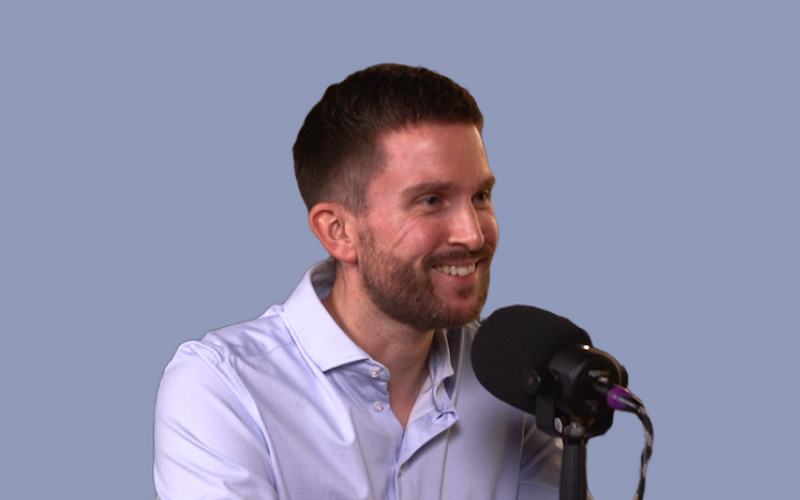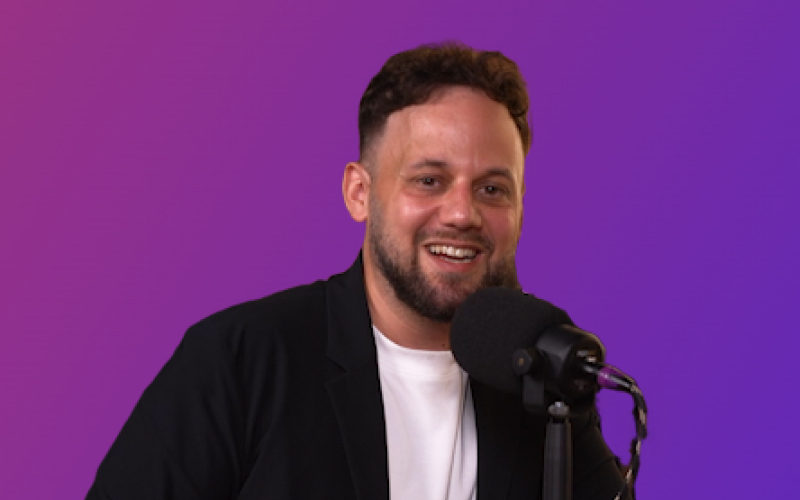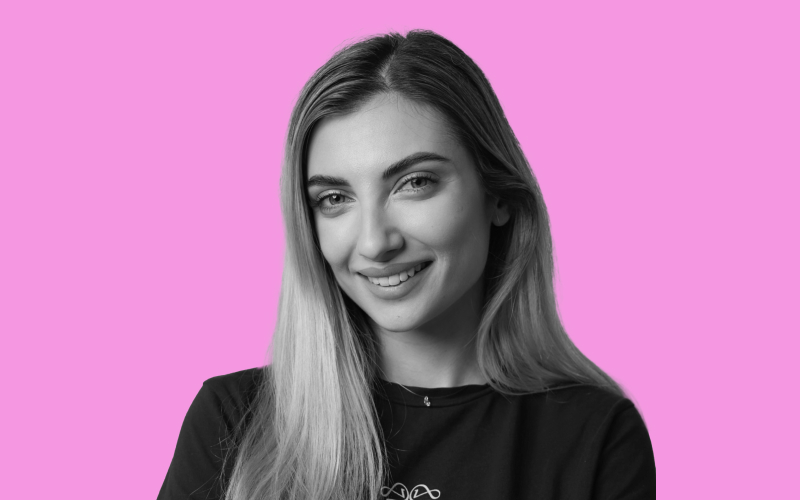Startups vs. Big Brands: Who Needs What in Creative Strategy?

When startups and established brands fight for attention on the same platforms, two completely different worlds come together. Some rely on speed, creative freedom and rapid testing. The others focus on clear processes, CI requirements and long-term brand development. But who plays to which strengths — and what can they both learn from each other?
Feel free to listen to the podcast episode with Jan here and find out more about the topic:
Speed vs. structure: Two approaches, one goal
Startups move at an impressive speed. Ad ideas are tested quickly, learnings are implemented immediately. This agility is a real competitive advantage — especially in dynamic channels such as TikTok or Meta, where trends come and go. Errors are part of the process as long as they are quickly replaced by new variants.
Big brands, on the other hand, rely on processes and planning. Ideas go through multiple loops to make sure they fit the brand. This takes longer but ensures consistency — particularly important in the Upper Funnel, where trust and recognition are at stake. And: Even if it seems slow, a well-thought-out, clearly communicated brand can often perform much more efficiently.
Branding is not a “nice to have”
Startups often start out in a performance-driven manner. Every euro must generate revenue. Branding quickly slips into the background — and that is exactly what is the lever for sustainable success in the long term. Anyone who manages to clearly position their brand early on builds trust and reduces dependence on short-term campaigns.
Big brands already have this advantage — they invest specifically in tonality, storytelling and visual recognition. But they too must regularly check whether their communication is still up to date. Branding is not a static construct — it depends on being repeatedly checked for relevance and translated into new formats.
The challenge for both: finding the right balance. Too much focus on performance can generate revenue in the short term, but lead to brand dilution in the long term. Conversely, too much branding without clear conversion goals can be expensive. The sweet spot is in between — in a creative strategy that aims at conversion AND trust.
Testing culture: freedom vs. control
Startups are experimenting. Whether it's UGC, animated slideshows or founder-face creatives — everything can be tried out. This testing culture makes it possible to quickly learn what works — and what doesn't. Particularly exciting: Low approval processes also create more creative outliers who can provide real surprise results.
Larger companies have different requirements here. The scope for testing is smaller because many stakeholders are involved. But that doesn't mean testing isn't possible. All you need is a clear framework that combines creative freedom with brand standards. A well-thought-out testing process — supported by tools such as DatAds — can deliver measurable results even in a corporate environment without diluting the brand.
Common goal: relevance
In the end, they both want the same thing: ads that work. And that only works if target groups are really understood. Whoever speaks the language of their target group, addresses real problems and communicates consistently wins — regardless of budget or company size.
The best creatives are created where brands not only broadcast but listen. Where data is not only collected, but correctly interpreted. And where testing doesn't just mean “more variants,” but targeted hypothesis testing.
What both sides can learn from each other
- Startups should not underestimate the value of strategic branding — it brings long-term stability to the funnel.
- Big brands benefit from testing faster and moving closer to the platform culture.
- Both should see creative strategy not as a project, but as a lasting process.
The great opportunity lies in the combination of both worlds: The courage and speed of startups combined with the brand understanding and structural strength of large companies — that is the blueprint for successful campaigns in the long term.
Conclusion
Creative strategy is not “either/or.” It's not about startup mentality vs. corporate structure — but about combining the best of both worlds. Speed meets brand strategy, courage meets control. Whoever creates this balance will win in the long term.
With DatAds, these processes can be structured, tested, and scaled — regardless of whether you're just starting out or are already established as a brand. Our platform helps you develop better creatives based on data, analyze them across channels and find the perfect mix of branding & performance.
Mehr Artikel
Hier findest du weitere hilfreiche Artikel.

.avif)


